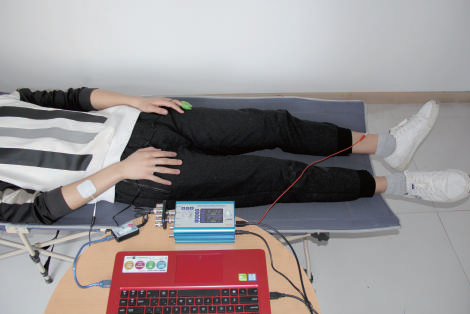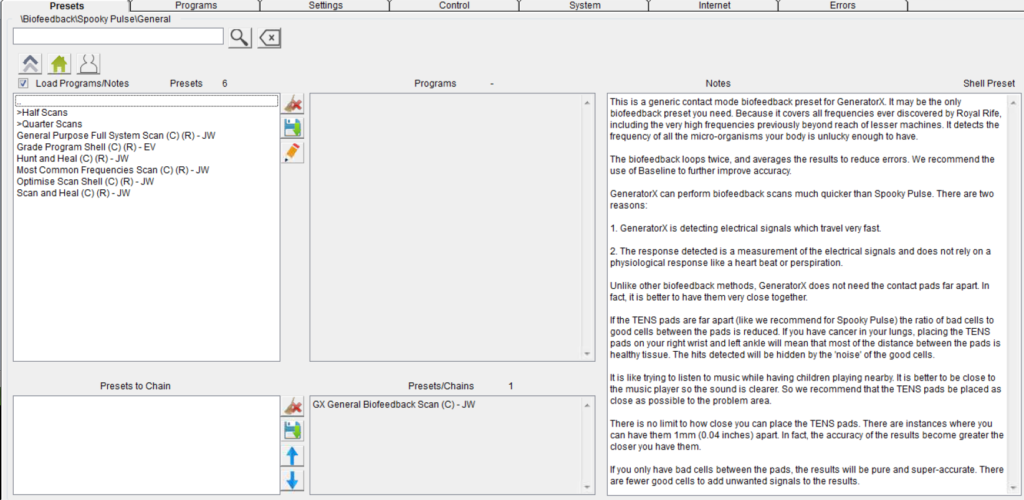Why is the Spooky2 Biofeedback Scan Result Different Every Time?
A recent Israeli study, “The amount of bacteria carried by the average person,” found that the human body has an average of 30 trillion human cells and 39 to 50 trillion bacterial cells, and it is unbelievable that the vast majority of these bacteria are Harmless, some beneficial and actually vital to life, 70% of our immune system is made up of this “good bacteria”.
All human bacterial cells – good, bad and harmless – operate at frequencies between 76,000Hz and 880,000Hz. When you perform a frequency sweep, you enter the entire range of amplitudes covering frequencies. At the same time as your first scan, many different bacteria are likely to be killed, and the frequency will cause a reaction in your body, and the scan will record their frequency. After that, you treat according to the scan results, you will kill them all, and your next scan will not find them.
Another complicating factor is that due to time, each scan can only look for the top 10 hit frequencies in your body, however some peripheral bacteria seem to die “noisier” than others – we call it These species are the “loudest screamers” because they elicit an extreme response in the body, and since biofeedback scans cannot distinguish between harmful and innocuous, the Spooky Pulse or GX will record all of them. On the other hand, nasty stealth pathogens have evolved ways of evading the immune system so they go unnoticed, and as a result, their frequencies may not be picked up and recorded at first. With each scan, you may find another 10 “loudest screams,” and even these may not include frequencies relevant to your disease.

To do this, you must first remove all the loudest noise makers – peripheral bacteria by repeating the scan, and when this is done, there will be no more “loudest screams” to drown out these dying viruses and bacteria, Your results will now include their true frequencies. There are other factors involved, for example, killing bacteria always releases the virus that infects them as well as toxins, and some bacteria that survive the first scan may turn into “cysts” or other forms that are less likely to kill the next time . Killed parasites release bacteria, viruses, toxins and heavy metals. This means that the frequency of your flashover is in a state of constant change, and it is different from moment to moment. Given all of this, it’s unreasonable to expect repeatability in sequential scans, and it’s unrealistic to believe that one or two scans will solve all your problems, so it’s unrealistic to scan successive layers of pathogens and trace the source, like peeling layer by layer. onion. That’s why our recommended method is to scan, use your follow-up scan results 7-8 times in contact mode, then scan again, and continue this way until you reach your health goals.


